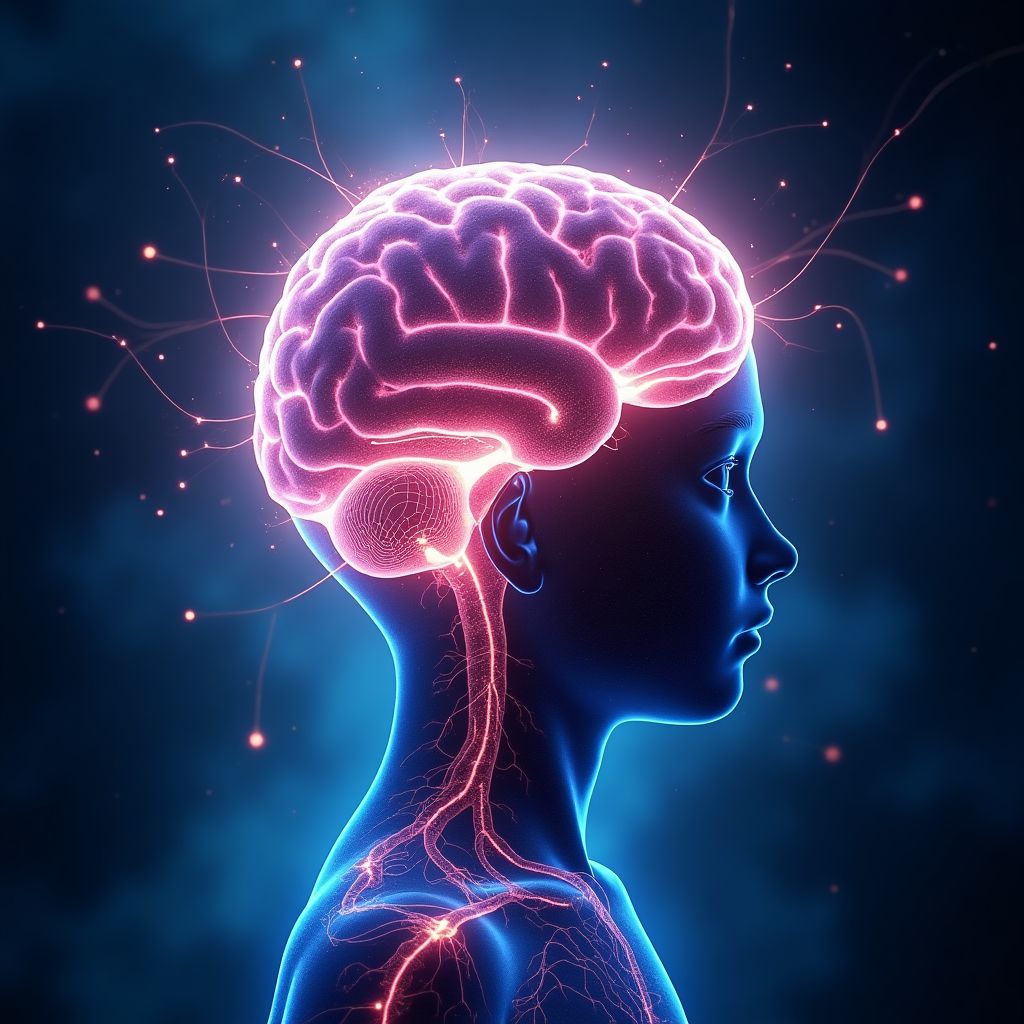Welcome to iNthacity, where we delve into the mind-boggling marvels of science and technology, sprinkling a little humor along the way! Today, we're exploring the enchanting world of brain plasticity inspired by a fascinating video by SciShow. Imagine for a moment that our brains are like warm Play-Doh. Not only can they be shaped and molded, but in children, they possess a superhero-like ability to restructure, learn, adapt, and even heal from injuries that would leave adults shaking their heads in disbelief.
As we investigate this captivating topic, we’ll draw on the insights shared by SciShow and reveal how understanding brain plasticity could lead to groundbreaking medical advances for adults and children alike. Get ready to be wowed by the wonders of science, as we also look at how educators are harnessing this knowledge to nurture the dazzling potential of young minds.
The Magic of Neural Plasticity
So, what's this magical feature that gives children their learning edge? It's something scientists call "neural plasticity," and it's kind of like being able to bend a metal paperclip without it breaking. Kids' brains are astonishingly skilled at rewiring themselves, allowing them to learn rapidly and, miraculously, sometimes recover from brain injuries that would leave adults baffled. Picture your brain as a web of intricate connections, rewiring and adjusting in response to new experiences, much like a spider weaving a web.
In children, this web—or their brain's organization—is more pliable and open to change, offering them a "critical period" during which certain skills are like putty in their hands. However, as this window closes, learning becomes a tad more challenging, much like trying to teach an old dog new tricks. Let’s take vision, for example. When a child experiences a weakness in one eye, their brain’s visual cortex may swiftly compensate by favoring input from the stronger eye, resulting in a condition known as amblyopia. While this adaptability illustrates the brain’s flexibility, it also underscores why early detection is paramount.
An Eye-Opening Look at Vision
Ah, amblyopia, the sneaky nemesis that, like a subtle ninja, can lead to vision loss or impairment if left undetected in childhood. But before despair sets in, consider the hopeful side: if caught early, it's quite treatable! Doctors may employ an ingenious eyepatch strategy, encouraging the brain to recalibrate and utilize the weaker eye while neural plasticity is still on its side. Yet, hope isn't completely lost for adults, as recent studies suggest that certain therapies may still trigger the visual cortex’s plasticity, widening the possibilities for treatment.
Expanding Plasticity: Unveiling New Horizons
Beyond vision, the concept of boosting plasticity holds a medical treasure trove. Imagine recovering from a stroke or other brain injuries with newfound brain adaptability at your side. Researchers, with a touch of ambition and creativity, are striving to unlock this potential by exploring ways to increase adults’ neural plasticity. Experiments with rodents have already shown promise, as scientists manipulate inhibitory neurons and chemicals like GABA to unleash greater plasticity. However, caution remains—the journey to human application must be tread carefully, as some of these methods have sparked concerns such as seizures.
The Future is Bright: Medicine Meets Innovation
While the current reality showcases adults’ astounding capacity to learn and grow, the delightful prospect of rekindling childhood-like adaptability is as thrilling as finding hidden treasure in your attic. If achieved, it could revolutionize the way medicine approaches recovery and rehabilitation. Imagine a future where brain injuries become surmountable hurdles, where human resilience triumphs, and where we march forward with unyielding hope into an era of enhanced healing.
Education as a Catalyst for Change
And while we're on the topic of nurturing youthful brilliance, let’s give a well-deserved shout-out to the Smithsonian National Air and Space Museum, whose Teacher Innovator Institute is paving the way for US teachers to harness and amplify these neural superpowers. What better way to inspire the minds of tomorrow than by gathering innovative educators to explore aerospace science, history, and technology? It's their version of Hogwarts, where education meets inspiration.
Your Role in Shaping the Future
In this dance with destiny, the potential to innovate, discover, and heal lies within each of us. As we brace ourselves for a future where brain adaptability might rival superhero powers, let’s consider the untapped potential in our own lives. If childhood represents a realm of endless possibility, perhaps revisiting that mindset could be our key to unlocking a wealth of opportunity. What do you think—does your brain hold untapped potential, waiting to be unleashed? Share your thoughts in the comments below!
And hey, why stop there? Dive deeper into these stimulating discussions by applying to become part of the iNthacity community, your "Shining City on the Web," and explore more riveting topics with us. Like, share, and join the vibrant discourse—we’re happy to have you in our little corner of the digital universe!
Wait! There's more...check out our gripping short story that continues the journey: The Eternal Web
Disclaimer: This article may contain affiliate links. If you click on these links and make a purchase, we may receive a commission at no additional cost to you. Our recommendations and reviews are always independent and objective, aiming to provide you with the best information and resources.
Get Exclusive Stories, Photos, Art & Offers - Subscribe Today!


























Post Comment
You must be logged in to post a comment.